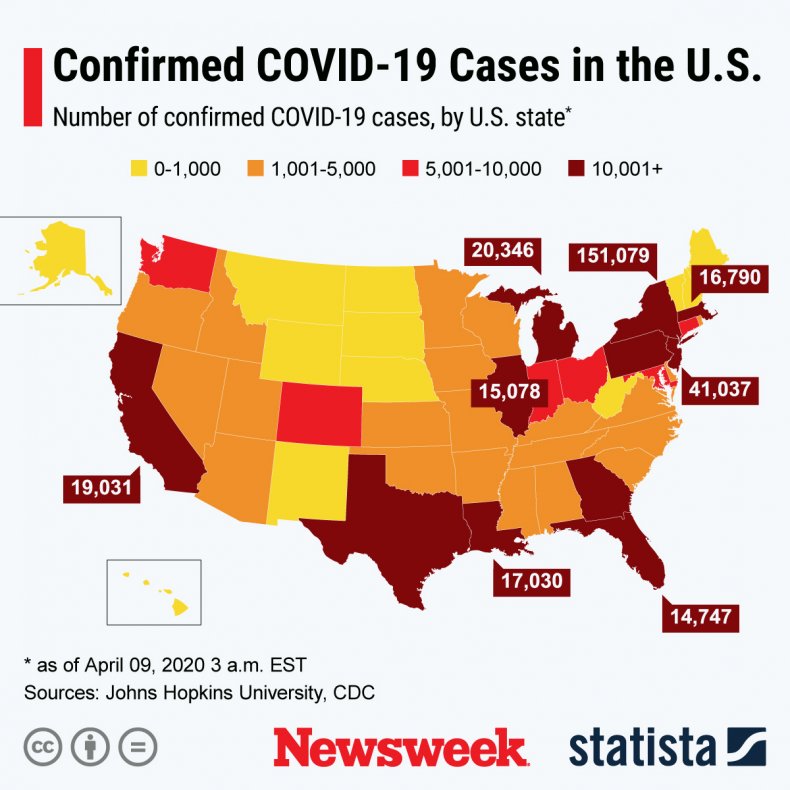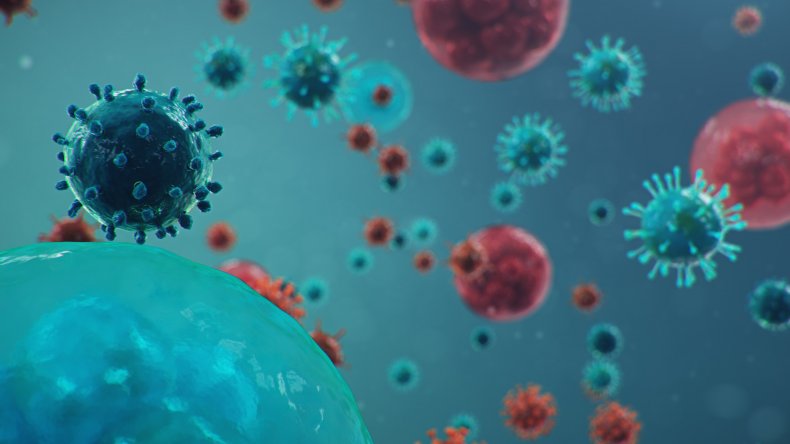Researchers screening wastewater in Massachusetts for the novel coronavirus found more traces of the pathogen than expected given the number of confirmed cases in the area.
Wastewater analysis of this kind has previously been used by scientists to track infectious diseases, as well as the use of drugs and other substances in a given population. Now, several research groups around the world have started using this method to look for the novel coronavirus as a way to estimate how many people are infected in a community.
Researchers hope that these kinds of techniques could complement traditional testing, which has been severely lacking in many parts of the world.
For the latest study, a team involving scientists from startup Biobot Analytics, the Massachusetts Institute of Technology (MIT,) Harvard University, and Brigham and Women’s Hospital tested water at a major urban treatment facility serving a large area of Massachusetts in the period March 18-25, finding higher quantities of the novel coronavirus, known as SARS-CoV-2, than predicted, according to study published on the pre-print server medRxiv.
“At Biobot, we have been using wastewater based epidemiology to generate data on the opioid crisis in the U.S,” Eric Alm, one of the authors of the study, told Newsweek. “At my academic laboratory at MIT and also in Singapore, we have been developing wastewater based epidemiology to estimate disease prevalence of typhoid in Nepal, and dengue in Singapore.
“We realized that by working together, we could combine Biobot’s scale of operations with MIT’s expertise in molecular biology to help supplement the limited capacity for individualized testing,” he said.
It is possible to detect the SARS-CoV-2 virus in wastewater as viruses are essential vehicles for the delivery of their genetic material to host cells, according to Alm.
“Even if those viral particles are no longer active or capable of infecting humans, they may still carry genetic material that can be detected using an approach called PCR (polymerase chain reaction,) which amplifies the genetic signal many orders of magnitude creating billions of copies of the genome for each starting virus. We use a technique called qPCR or quantitative PCR to estimate how many copies of SARS-COV-2 specific genomes are present in a given sample,” he said.
Viral particles in wastewater are greatly diluted, so the researchers enriched them using a special chemical process and a high-speed centrifuge, before extracting the genetic materials.
They then used the quantitative PCR to estimate the quantity of virus in the wastewater, enabling them to extrapolate the number of people who could be infected in a community.
During the study period, there were nearly 450 confirmed cases of COVID-19 in the area served by the water treatment facility, but the latest results suggest that this figure could be an underestimate, although more research is needed to verify this.
“The amount of virus we found in wastewater was higher than we expected given the number of clinically confirmed cases in the area that we sampled,” Alm said. “We still have additional follow up experiments to perform before we can say exactly how many undiagnosed cases there might be, but we believe it could be significantly higher than the number of confirmed cases.”
 The spread of the COVID-19 virus in the U.S. Statista
The spread of the COVID-19 virus in the U.S. StatistaRolf Halden, a researcher at Arizona State University who was not involved in the study but is currently conducting similar research of his own, said that the pre-print adds to earlier, preliminary findings from Europe indicating that SARS-CoV-2 can be detected successfully in municipal sewage.
“But more work is needed to validate the methods used. So we are cautiously optimistic,” he told Newsweek. “Community wastewater is a proven source of information that otherwise is difficult to obtain. It’s simple math: how do you get the most information on the largest number of people with the least amount of resources? Answer: Perform a population-wide assessments; and if a problem is identified, mobilize an emergency response in areas of need. In the healthcare setting, screening is slow because we examine one individual at a time.”
“The same test applied to wastewater, provides information on thousands or hundreds of thousands of people. While wastewater analysis does not replace testing of individuals, it provides useful data very economically, rapidly and at scale,” he said.
“It would be foolish, not to harness wastewater analytics for managing the COVID-19 outbreak; and it represents a promising tool for informing us on where, when and for how long we need to intervene to protect both the people and the economy. More work is needed to fully demonstrate the robustness of this method for monitoring of the new coronavirus. However, early evidence is encouraging.”
Centers for Disease Control and Prevention Advice on Using Face Coverings to Slow Spread of COVID-19
- CDC recommends wearing a cloth face covering in public where social distancing measures are difficult to maintain.
- A simple cloth face covering can help slow the spread of the virus by those infected and by those who do not exhibit symptoms.
- Cloth face coverings can be fashioned from household items. Guides are offered by the CDC. (https://www.cdc.gov/coronavirus/2019-ncov/prevent-getting-sick/diy-cloth-face-coverings.html)
- Cloth face coverings should be washed regularly. A washing machine will suffice.
- Practice safe removal of face coverings by not touching eyes, nose, and mouth, and wash hands immediately after removing the covering.
World Health Organization advice for avoiding spread of coronavirus disease (COVID-19)
Hygiene advice
- Clean hands frequently with soap and water, or alcohol-based hand rub.
- Wash hands after coughing or sneezing; when caring for the sick; before, during and after food preparation; before eating; after using the toilet; when hands are visibly dirty; and after handling animals or waste.
- Maintain at least 1 meter (3 feet) distance from anyone who is coughing or sneezing.
- Avoid touching your hands, nose and mouth. Do not spit in public.
- Cover your mouth and nose with a tissue or bent elbow when coughing or sneezing. Discard the tissue immediately and clean your hands.
Medical advice
- Avoid close contact with others if you have any symptoms.
- Stay at home if you feel unwell, even with mild symptoms such as headache and runny nose, to avoid potential spread of the disease to medical facilities and other people.
- If you develop serious symptoms (fever, cough, difficulty breathing) seek medical care early and contact local health authorities in advance.
- Note any recent contact with others and travel details to provide to authorities who can trace and prevent spread of the disease.
- Stay up to date on COVID-19 developments issued by health authorities and follow their guidance.
Mask and glove usage
- Healthy individuals only need to wear a mask if taking care of a sick person.
- Wear a mask if you are coughing or sneezing.
- Masks are effective when used in combination with frequent hand cleaning.
- Do not touch the mask while wearing it. Clean hands if you touch the mask.
- Learn how to properly put on, remove and dispose of masks. Clean hands after disposing of the mask.
- Do not reuse single-use masks.
- Regularly washing bare hands is more effective against catching COVID-19 than wearing rubber gloves.
- The COVID-19 virus can still be picked up on rubber gloves and transmitted by touching your face.



















